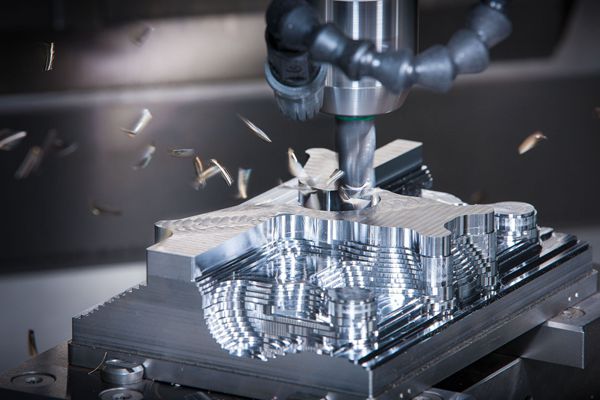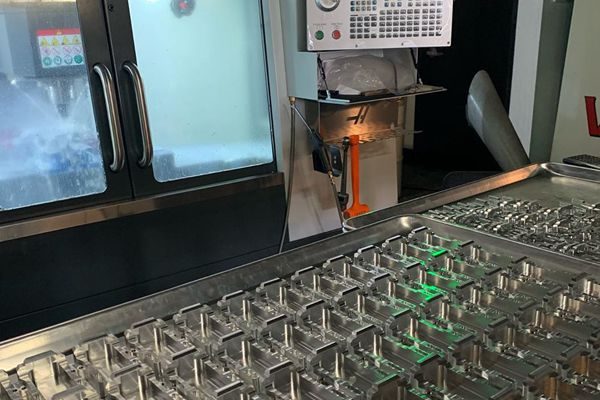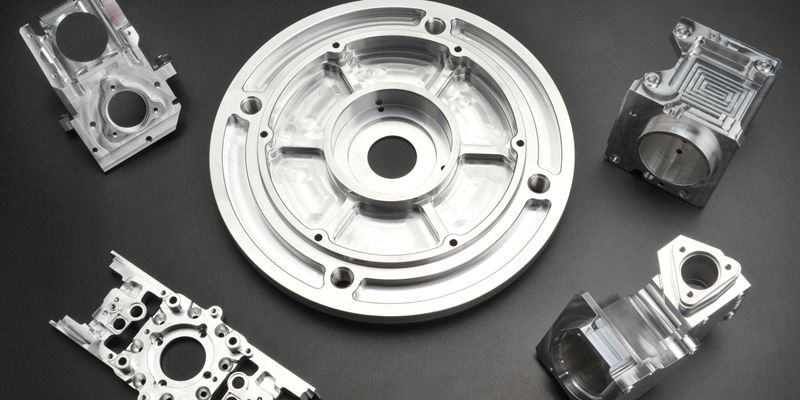- April 24, 2021
In the manufacturing world, machining is a process that involves removing excess materials from a workpiece. Using power-driven and hand tools, the manufacturer shapes the product into its intended design.
Also known as metal cutting operation, machining is commonly used in machining projects that have metal components. However, this process is also used on other materials such as plastic, wood, ceramics, and rubbers.
As a form of subtractive manufacturing, modern-day machining is CNC controlled and used in lathes, mills, and other cutting machines.
Types of Machining Projects
Machining projects are complex processes that require a skilled machinist and intensive planning. Manufacturers provide CNC machining services to fabricate a ready-to-use parts.
1. Milling
2. Turning
3. Drilling/Boring
In a machining project, drilling produces cylindrical holes on a surface. Using a cutting tool known as a drill, the holes are often created to help during the assembly process. On the other hand, boring machining is used to refine the accuracy and dimensions of the designed holes.
Drilling tools consist of two-edged rotating devices used to create round holes that are parallel to the axis. Drilling is used on materials such as metal and wood used in the production of heavy equipment.
You will find these machines in the packaging and construction industries. Drilling can be done using a drill press, lathe, or milling machine.
4. Grinding
This abrasive cutting process is typical in machining projects. The grinding wheel, which has abrasive grains, is used to remove the excess material on a surface. A grinding machine performs this process in the machine shop.
Commonly used as a finishing process, the grinding machine is suitable for processing complex parts. With the ability to make precise products, this cutting process is used on materials such as wax, metal, plastic, and foam. Manufacturers use this process to fabricate parts for cars, hydraulic equipment, motorcycles, and home appliances.

Things to Consider When Undertaking Machining Projects
• Choice of Material
• Labor Costs
• Expensive Equipment

How To Start Affordable Machining Projects?
Machining projects are more cost-effective than other manufacturing projects such as 3D printing. Let’s take a look at how to run affordable projects.





